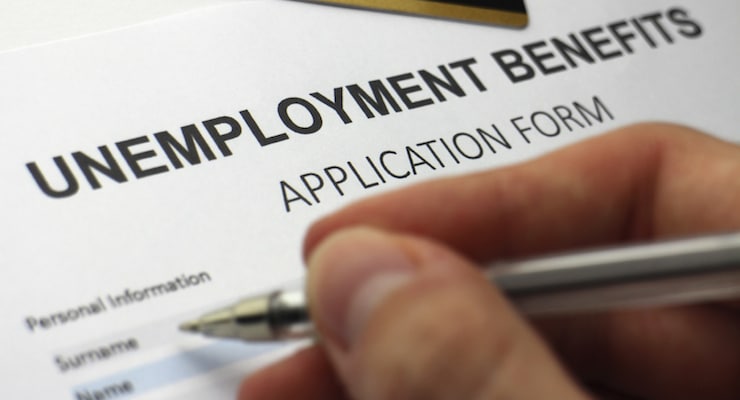

Weekly jobless claims, or first-time claims for unemployment benefits reported by the Labor Department.
The Labor Department said Thursday that weekly jobless claims, the number filing first-time applications for unemployment benefits fell by 13,000 to 253,000 for the week ending April 9. The number of applications came in lower than the estimate for 270,000, while the prior week was revised lower by 1,000 to 266,000.
The four-week moving average–which is widely considered a better gauge, as it irons-out week-to-week volatility–fell to 265,000, a decrease of 1,500. The previous week’s average was revised down by 250 from 266,750 to 266,500.
A Labor Department analyst said there were no special factors impacting this week’s initial claims and no state was triggered “on” the Extended Benefits program during the week ending March 26.
While the report marks 58 consecutive weeks of first-time unemployment claims coming in below 300,000, which is the longest streak since 1973, it is also true that the labor force is historically small and chronic long-term unemployment makes fewer Americans eligible.
The highest insured unemployment rates in the week ending March 26 were in Alaska (4.2), Wyoming (3.0), New Jersey (2.9), Puerto Rico (2.8), Connecticut (2.7), Pennsylvania (2.7), West Virginia (2.7), California (2.6), Montana (2.6), and Illinois (2.5).
The largest increases in initial claims for the week ending April 2 were in New York (+4,521), New Jersey (+3,836), Puerto Rico (+1,964), Virginia (+1,213), and Georgia (+981), while the largest decreases were in California (-7,118), Arkansas (-1,249), Texas (-934), Missouri (-705), and Iowa (-416).
The most damning journalistic sin committed by the media during the era of Russia collusion…
The first ecological study finds mask mandates were not effective at slowing the spread of…
On "What Are the Odds?" Monday, Robert Barnes and Rich Baris note how big tech…
On "What Are the Odds?" Monday, Robert Barnes and Rich Baris discuss why America First…
Personal income fell $1,516.6 billion (7.1%) in February, roughly the consensus forecast, while consumer spending…
Research finds those previously infected by or vaccinated against SARS-CoV-2 are not at risk of…
This website uses cookies.